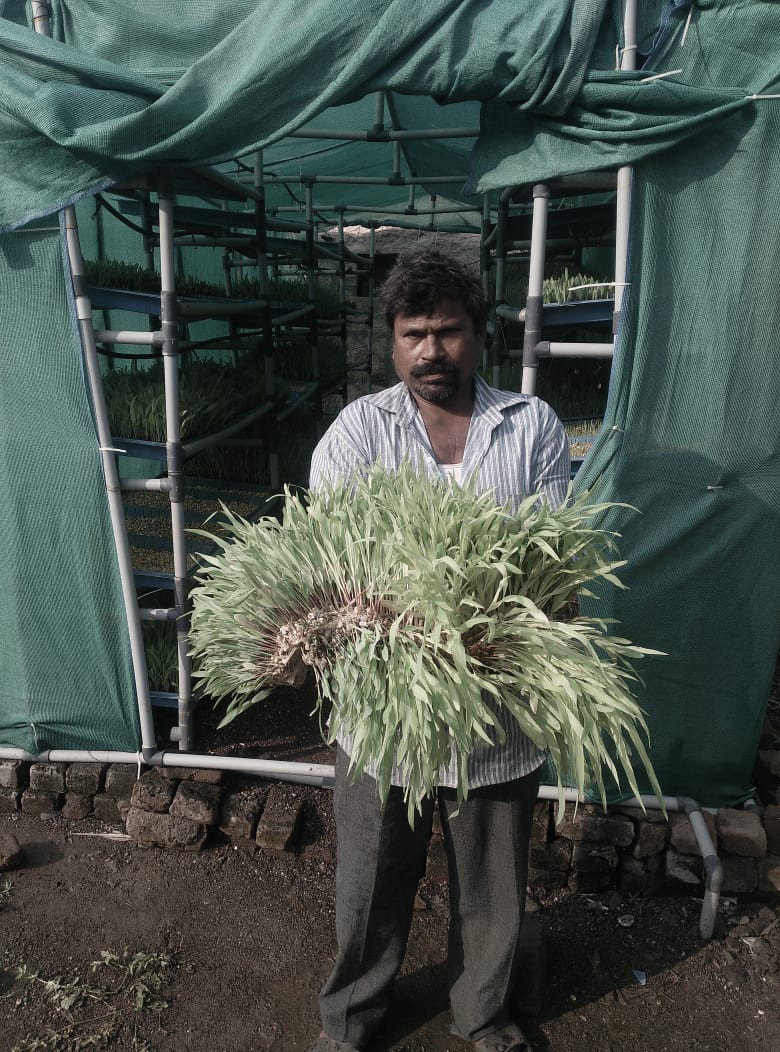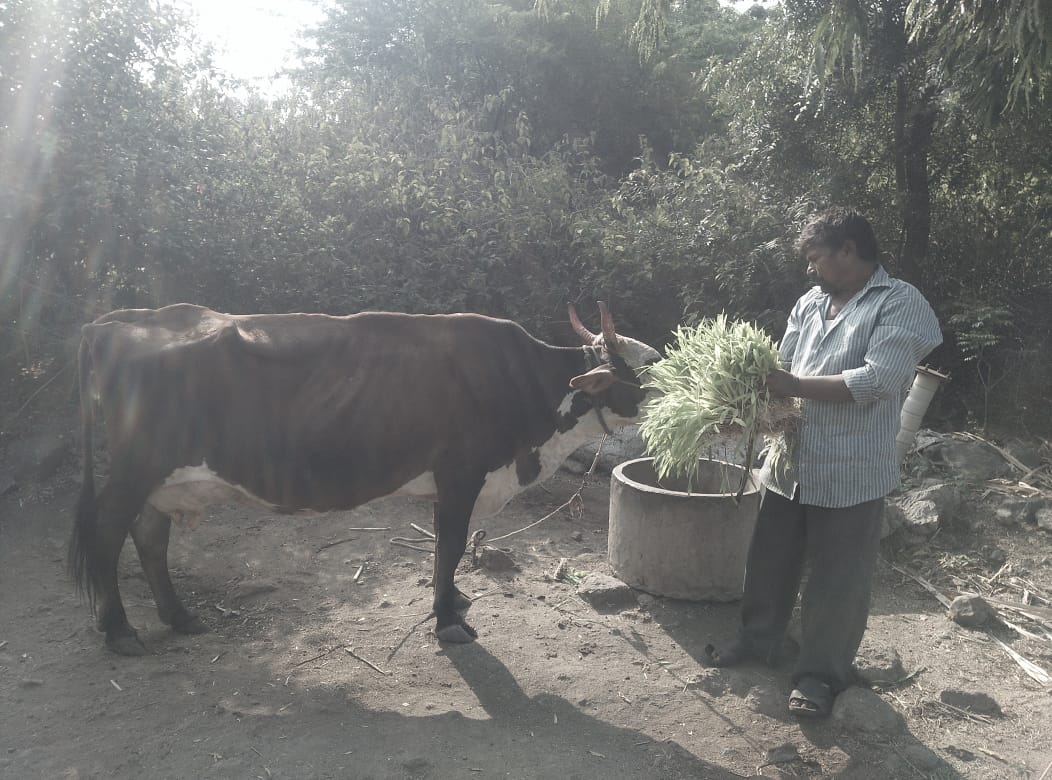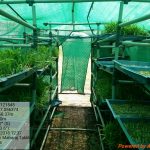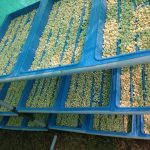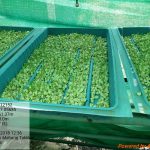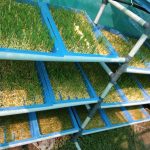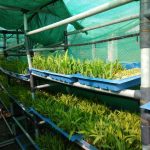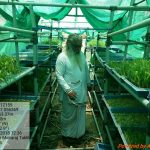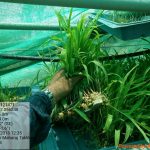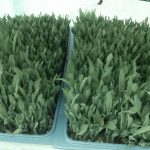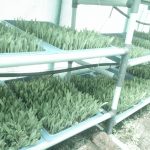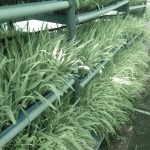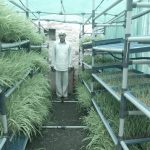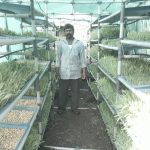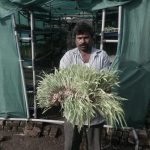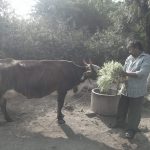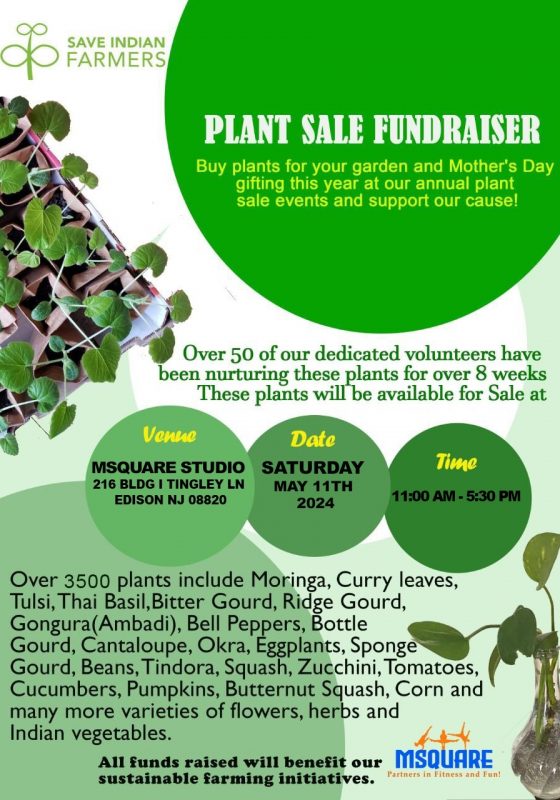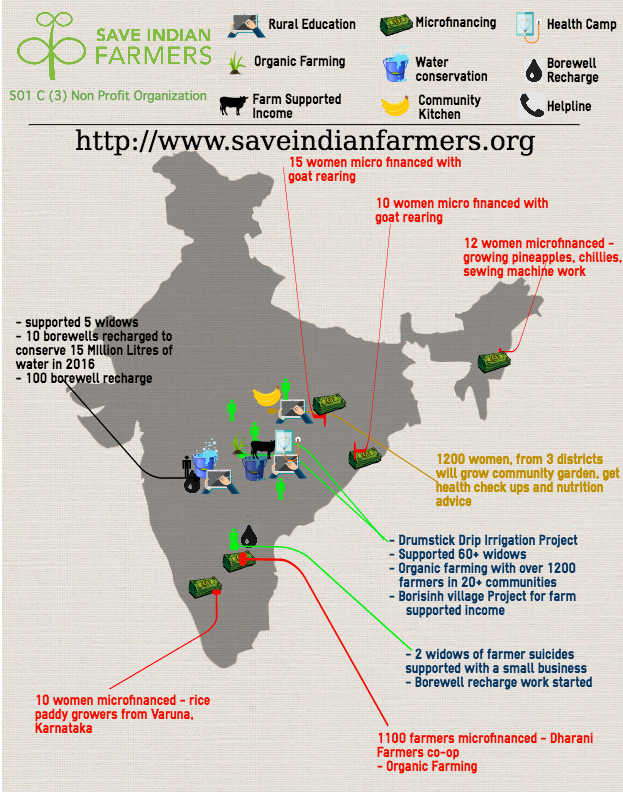Hydroponics

Hydroponics is a method of growing crops without soil. Plants are grown in rows or on trellises, just like in a traditional garden, but they have their roots in water rather than in dirt. Most of us confuse soil with nutrients. In fact, soil provides structure, not the actual food itself, for the roots. The food comes from other materials mixed in the soil, such as compost, broken-down plant waste or fertilizers.
A frugal method for hydroponics in agriculture uses simple engineering solutions to create a conducive environment for soilless agriculture.
Problems Faced By Farmers
There are a wide array of factors that have led to the increasing spate of farmer suicides in Maharashtra. The lands are not as productive as before, markets are failing, debts are piling and pests cannot be kept at bay.
Livestock is a major source of livelihood for farmers in rural areas, used not only for human nutrition but also for transportation and power in an agricultural village. According to Maharashtra’s Department of Agriculture, the state is facing a 74% shortage in green fodder. Farmers have no resort but to trade in their underfed livestock to make a livelihood. This is predominantly the case in arid and semi-arid regions where water scarcity affects livestock adversely.
Advantages of Hydroponics
- Plants grown in water can grow faster and healthier than plants grown in soil because they don’t have to fight soilborne diseases and can obtain all essential nutrients in proper proportions.
- All the food and water they need are given directly to their roots around the clock.
- More plants can grow per square foot in a hydroponic garden because roots are directly fed. Since there is no competition for root space, 20% less space is used and higher yields per square foot, per unit of time can be achieved.
- The root systems stay smaller, so each plant can concentrate its energy on producing plant mass, rather than roots.
- Plants can be grown anywhere.
- 20 times less water is used compared to soil-based gardening.
- A sterile environment is maintained, which means no pesticides are needed.
- The system water can be reused, allowing water to be conserved.
SIF Initiatives
With the help and dedication of our on-the-ground partners – Manavlok and People’s Institute for Rural Development (PIRD), SIF initiated efforts to install hydroponic units at Village Dhangartakli Purna (District:Parbhani) and at Village Gadegoan (District:Yavatmal). The work has been completed at these two units.
Each hydroponic unit consists of the following:
- A framework of PVC pipes with plastic trays.
- A shade net covering all 4 sides with a roof on top.
- Evaporative cooling techniques to maintain optimum temperature and humidity
- Spray jets with timer (spray for 2 minutes every 2 hours)
- 500 liter capacity overhead water tank with Ph stabilizer
- 500 square foot area required with flooring done
Each unit consists of 200 trays grouped in 20 trays. Each group of 20 trays provides 200-220 kg of fodder per day which is sufficient to feed 20 cattle. Only maize (corn) will be grown considering its nutritional value and low seed cost. Fodder is generally ready to harvest within 10-12 days after soaking.
Our Goal
The goals of this project are:
- Create green nutritious fodder using less space and water at a reduced cost.
- Increase cattle immunity to drive increased milk production and fat percentage.
- Enable creation of good quality of cow dung that can be used as fertilizers since 90% of the organic fodder provided can be digested by the animals.













